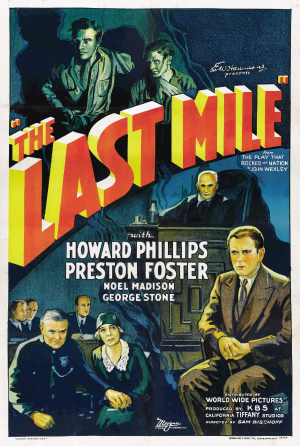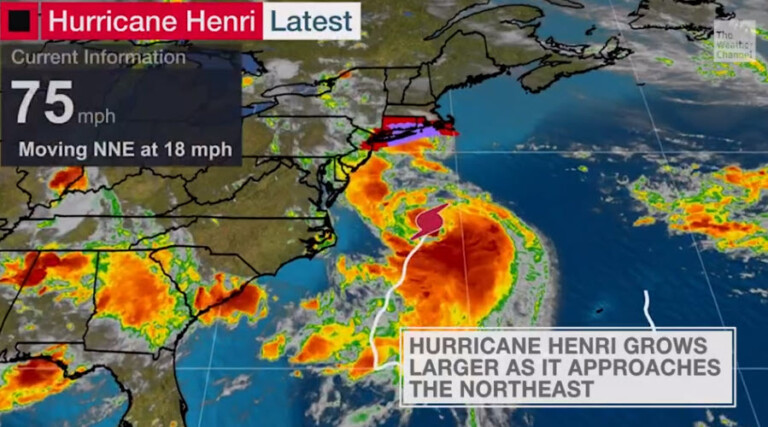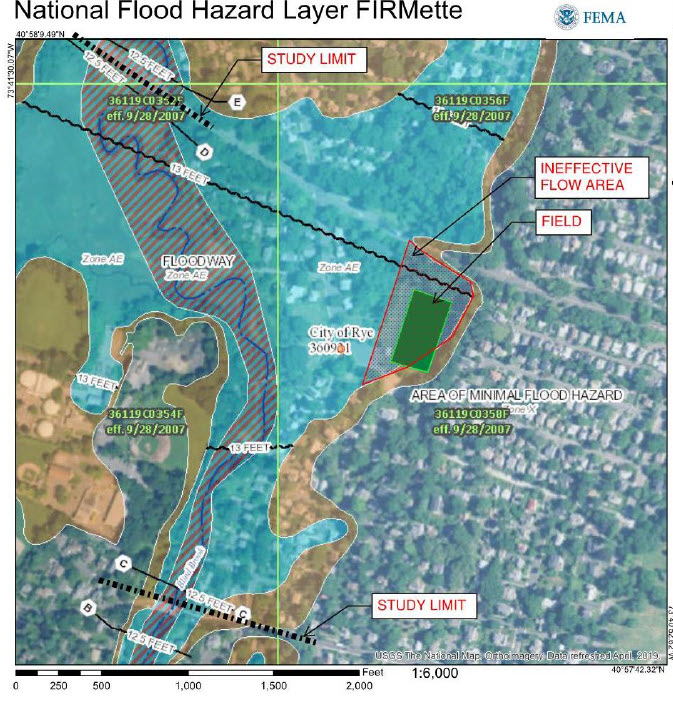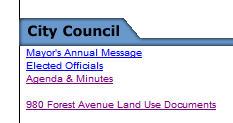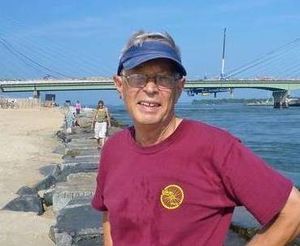Rye to Syosset Tunnel Vision in the News
The New York Times carried a piece this past Sunday on the proposed $10 billion dollar vehicle tunnel under the Long Island Sound connecting Syosset on Long Island and Rye in Westchester. There was not much new in the article, although the writer Carolyn Nardiello makes note that Long Island officials seem more open to the project than their peers in Westchester County:
"Westchester officials have not been as welcoming.
Mayor Steven Otis of Rye, Supervisor Valerie M. O’Keeffe of Mamaroneck and Mayor Drew Fixell of Tarrytown predicted a tunnel would bring more traffic to their already congested neighborhoods.
“Build it and they will come,” Mr. Otis said. “I see no light at the end of this tunnel.”"
Nardiello’s observation is correct if one looks at the welcoming editorial penned by Long Island Newsday two weeks ago that concluded: "If the tunnel developers can satisfy the critical questions raised at the hearing, then this plan becomes a test of state and local leaders’ willingness to confront the future."
Finally, The Journal News’ Phil Reisman deserves some credit for not just regurgitating PR speak from the Tunnel hearing, but picking up the phone and calling the Regional Planning Association to inquire what questions they would want answered on this project:
"The following are the RPA’s concerns:
•What would be the actual travel time savings and who would be the primary beneficiaries?
•How will this affect traffic throughout the transportation network, particularly on I-95 and I-287 and on local roads?
•What are the public sector costs? Even a privately funded road would have major public sector financial considerations because of its impact on transportation, land use and related services.
•How would it impact land use on both sides of the Long Island Sound?
•If a tunnel were to be built, is this the best location and configuration? Other alternatives should be compared for transportation, economic and environmental outcomes.
•What would be the actual CO2 emissions, and is making it easier to stay in our cars really the best way to reduce these emissions?
•Where and how would you vent the tunnel, and what would be the impacts on the Sound and neighboring communities?
•What if the funding ends before the project is completed? How would you structure a bonding mechanism to insure that financial responsibility doesn’t revert to the public?
•Who would be in control of the road, the state, the developer or some other entity?
•Will it use state police?
•Who handles emergencies?
•Will property owners need to be paid for the use of their underground property rights?
•Where will material from the tunnel be dumped?
•What will be the impact on sealife from underground boring?"

